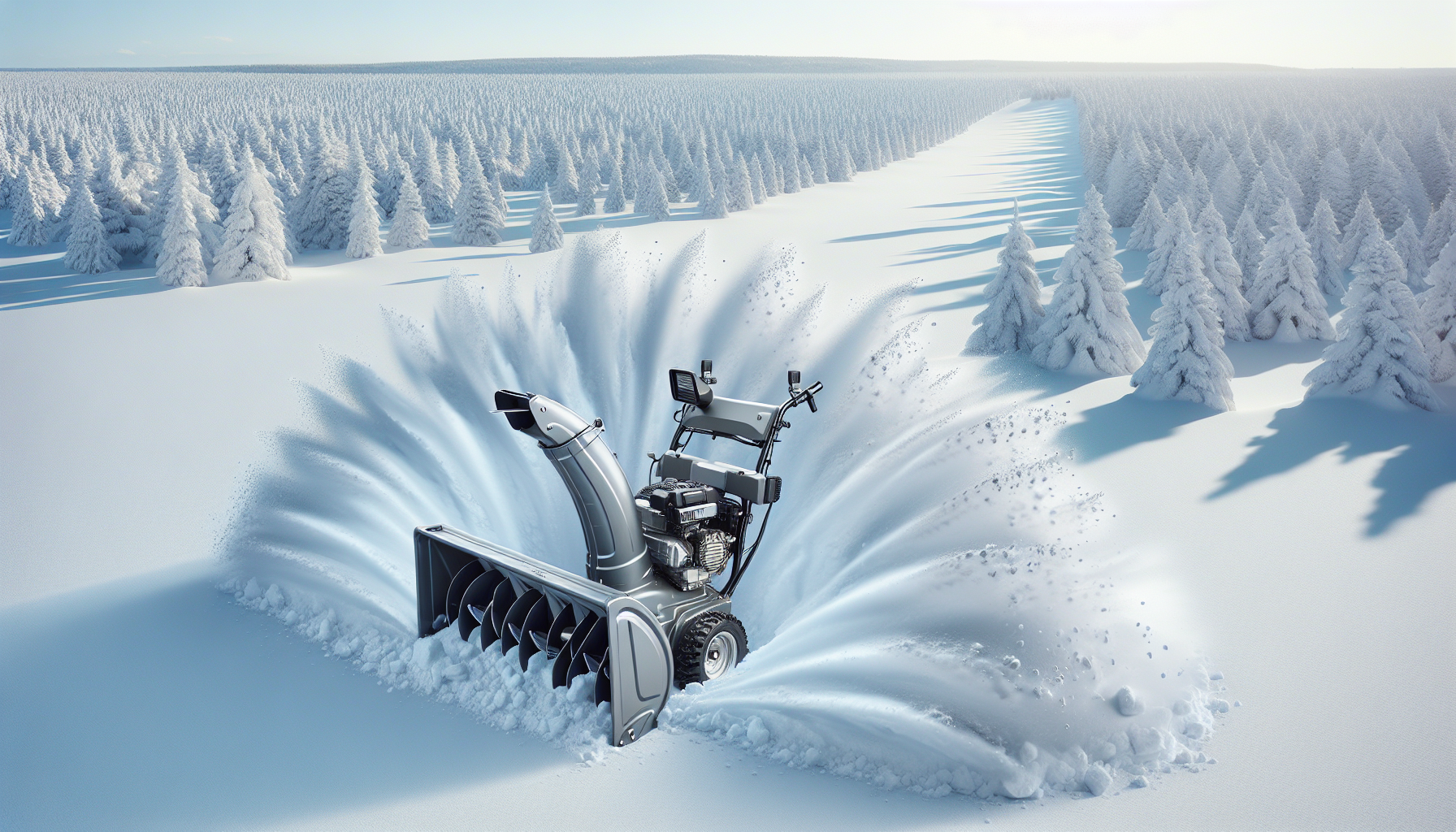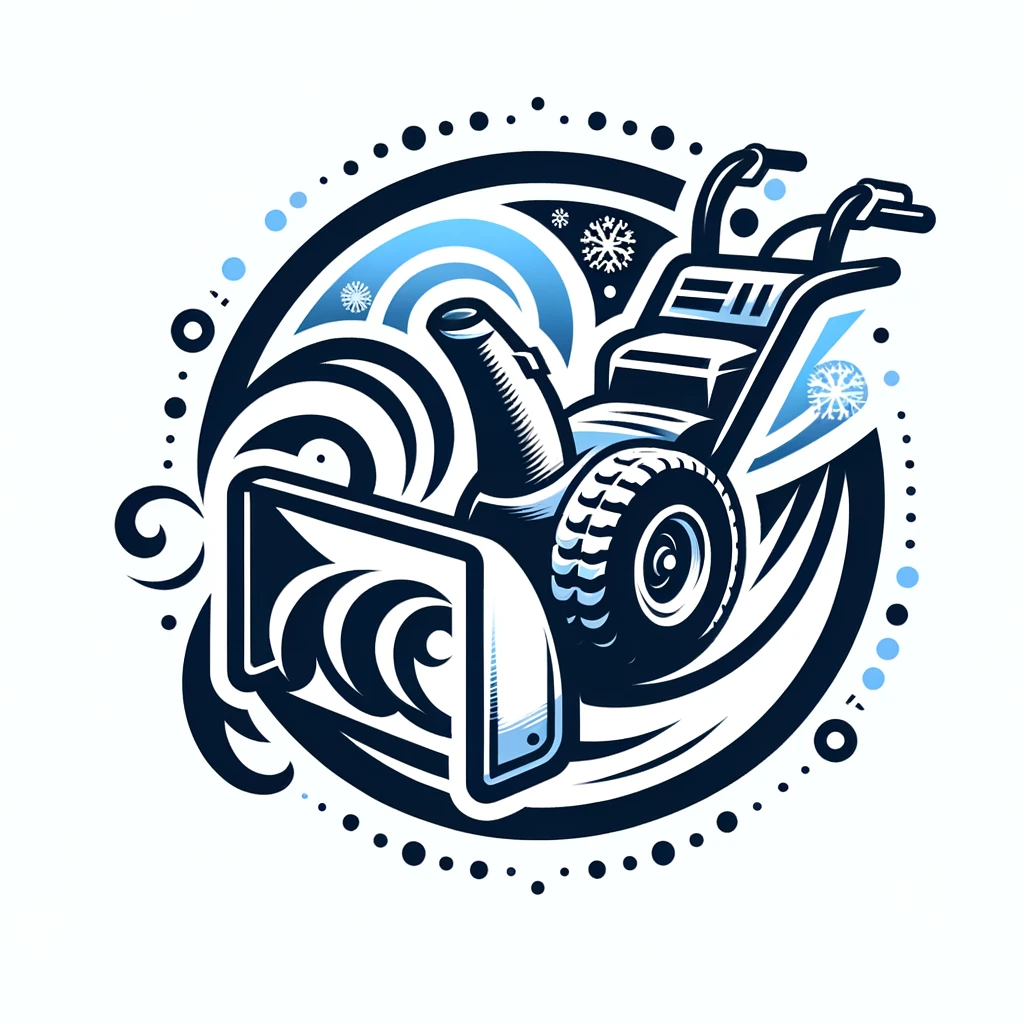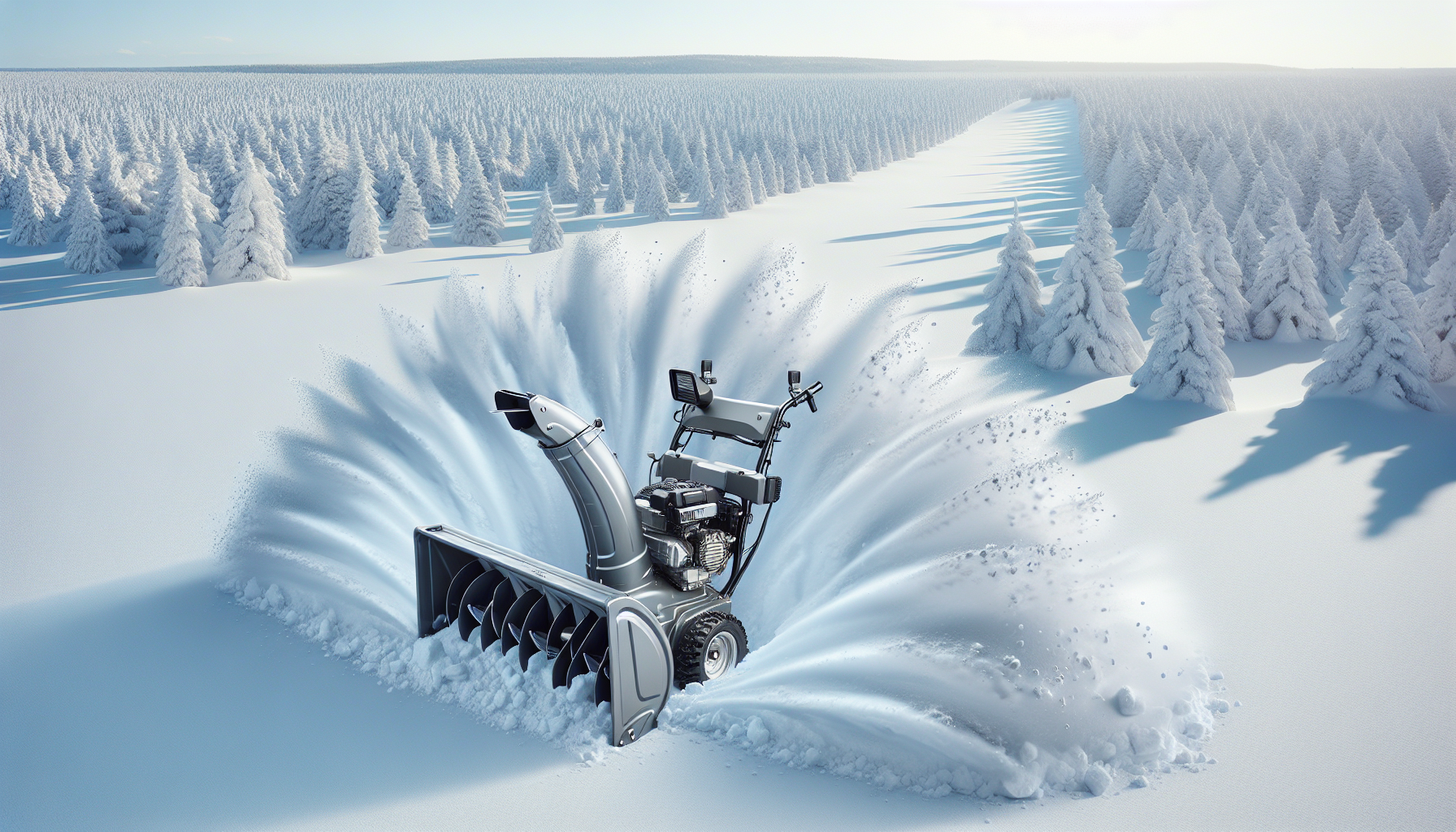When it comes to tackling the winter wonderland that is your driveway, you want to make sure you have the right tools for the job. That’s why the age-old question of whether a 2-stage or 3-stage snow blower reigns supreme continues to puzzle homeowners across the frozen tundras. In this article, we’ll break down the key differences between these two types of snow blowers and help you decide which one is better suited for your snow-clearing needs. So grab a hot cocoa, cozy up, and let’s get down to business!

Performance
When it comes to performance, both the 2-stage and 3-stage snow blowers have their own strengths.
Power
In terms of power, both types of snow blowers can effectively clear snow. However, the 3-stage snow blower offers a bit more power due to its additional auger, making it more suitable for heavy snowfall and large areas.
Clearing Capacity
When it comes to clearing capacity, the 3-stage snow blower has the advantage. With its extra auger, it can handle larger amounts of snow and clear wider paths, making it the better option for clearing large driveways and parking lots.
Throw Distance
In terms of throw distance, both types of snow blowers can throw snow a significant distance away. However, the 3-stage snow blower’s increased power and auger design allow it to throw snow even farther, which can be advantageous when dealing with deep snow or when aiming to clear a specific area.
Handling
The handling of a snow blower is an important factor to consider, especially if you have a small or congested space to clear.
Size and Weight
When it comes to size and weight, 2-stage snow blowers are generally lighter and more compact compared to their 3-stage counterparts. This makes them easier to maneuver, especially in tight spaces and on smaller pathways.
Maneuverability
Both 2-stage and 3-stage snow blowers can be maneuvered effectively, but the relatively lighter weight and smaller size of the 2-stage snow blower make it more agile and easier to handle overall. This makes it a great choice for navigating around obstacles such as cars, fences, or flower beds.
Cost
Considering the cost of a snow blower is an important aspect for most buyers. It’s essential to evaluate not only the initial investment but also the long-term maintenance and potential repair costs.
Initial Investment
Generally, 2-stage snow blowers tend to be more affordable compared to their 3-stage counterparts. If you have a smaller budget or only need a snow blower for occasional use, a 2-stage snow blower may be a more financially viable option.
Maintenance
In terms of maintenance, both types of snow blowers will require regular upkeep, such as oil changes and tune-ups. However, 2-stage snow blowers typically have simpler mechanisms and fewer moving parts, making them easier and potentially less expensive to maintain in the long run.
Repairs
When it comes to repairs, 3-stage snow blowers may be more costly to fix due to their more complex design and additional components. It’s worth noting that both types of snow blowers are generally built to be durable, but in case repairs are necessary, it’s important to consider the potential cost and availability of parts.
Versatility
When choosing a snow blower, it’s important to consider its versatility in terms of surface and snow type compatibility.
Surface Compatibility
Both 2-stage and 3-stage snow blowers are suitable for various surfaces, including pavement, gravel, and even uneven terrain. The adjustable skid shoes and height settings on these machines allow you to adapt to different surfaces, ensuring efficient clearing without causing damage.
Snow Type Compatibility
Whether you’re dealing with light and fluffy snow or wet and heavy snow, both types of snow blowers can handle different snow types. However, the 3-stage snow blower’s additional auger helps it handle heavy and icy snow more effectively, reducing clogs and ensuring efficient snow clearing.
Ease of Use
The ease of use is an essential aspect to consider when choosing a snow blower, especially if you’re not experienced with operating heavy machinery.
Starting Mechanism
Both 2-stage and 3-stage snow blowers typically feature electric start mechanisms, making them easy to start with just the push of a button. Some models may also have a recoil start option as a backup. The electric start feature eliminates the need for manual pulling, which can be especially convenient in cold and snowy conditions.
Control Features
Both types of snow blowers offer intuitive control features, including adjustable chute direction and pitch control. These features allow you to easily direct the thrown snow and adjust the height and distance as needed, providing you with full control over the clearing process.
Storage
Considering storage requirements and portability is crucial, especially if you have limited space or need to transport the snow blower.
Space Requirements
In terms of space requirements, 2-stage snow blowers are generally more compact and take up less storage space compared to 3-stage snow blowers. If you have a smaller garage or shed, a 2-stage snow blower might be a better fit, allowing you to store other items alongside it.
Portability
Both types of snow blowers feature wheels or tracks for easy transportation. However, due to the smaller size and lighter weight, 2-stage snow blowers are generally more portable and easier to move around, which can be advantageous if you need to transport the snow blower between multiple locations.
Durability
When investing in a snow blower, it’s important to consider its build quality and the lifespan of its components to ensure long-term durability.
Build Quality
Both 2-stage and 3-stage snow blowers are typically built with sturdy materials to withstand harsh winter conditions. However, it’s worth noting that 3-stage snow blowers are usually built to handle heavier loads and more demanding use, which can contribute to their overall durability.
Component Lifespan
The lifespan of the components can vary depending on the specific brand and model. However, both types of snow blowers, when properly maintained, are designed to last for many seasons, ensuring reliable performance over time. It’s always recommended to follow the manufacturer’s guidelines for maintenance and care to maximize the lifespan of your snow blower.
Noise and Emissions
Considering the noise level and environmental impact is important, especially if you live in a residential area or have strict noise regulations.
Environmental Impact
Both 2-stage and 3-stage snow blowers are typically designed to meet or exceed environmental standards. They use efficient engines that comply with emission regulations, helping to reduce their environmental impact. However, it’s important to check the individual specifications of the snow blower you’re considering to ensure it meets your environmental standards.
Neighborhood Considerations
If you live in a neighborhood with noise restrictions, it’s worth noting that 3-stage snow blowers, due to their more powerful engines, may produce slightly more noise compared to 2-stage snow blowers. However, many models of both types of snow blowers are designed with noise reduction in mind, utilizing features such as noise-dampening insulation and mufflers to minimize noise levels.
Brand and Model Options
When it comes to choosing a snow blower, there are various brands and models available in the market, each with its own characteristics and features.
Popular Brands
Some popular brands known for manufacturing high-quality snow blowers include Toro, Ariens, Honda, and Husqvarna. These brands have established a reputation for producing reliable and efficient snow clearing equipment, offering a range of models to fit different needs.
Top Models
Within each brand, there are different models to choose from, each with its own set of features and specifications. Some top models worth considering include the Toro Power Max HD 928 OHXE, Ariens Deluxe 28 SHO, Honda HSS928AAT, and Husqvarna ST224P. These models often receive positive reviews for their performance, durability, and ease of use.
User Reviews and Experience
While considering the specifications and features of snow blowers is important, it’s also helpful to explore user reviews and recommendations to get a better understanding of how these machines perform in real-world settings.
Customer Feedback
Reading customer feedback and reviews can provide valuable insights into the overall satisfaction levels and performance of specific snow blower models. Look for common themes, such as ease of use, reliability, and effectiveness in different snow conditions, to help inform your decision.
User Recommendations
Additionally, asking friends, family, or neighbors who have experience with snow blowers can provide valuable recommendations and firsthand experiences. They can provide insights into specific models they have used and offer advice on what features and aspects to prioritize based on their own experiences and needs.
In conclusion, both 2-stage and 3-stage snow blowers have their own advantages and considerations. The choice between the two ultimately depends on your specific needs and preferences. Consider factors such as the amount of snowfall in your area, the size of the area you need to clear, and your budget. By carefully evaluating the different aspects of performance, handling, cost, versatility, ease of use, storage, durability, noise and emissions, brand and model options, as well as user reviews and recommendations, you can make an informed decision and choose the snow blower that suits you best. Stay warm and safe during the winter months, and happy snow clearing!


